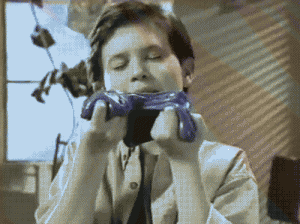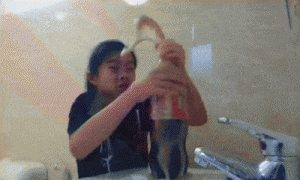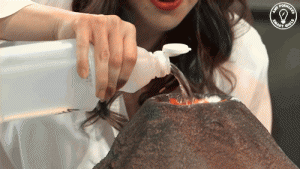Science experiments you can do at home
The world of science would be nothing without experiments. They are the ‘hows’, the ‘whys’ and the ‘what ifs’ that continuously feed our knowledge and development.
Whether you’re an aspiring scientist or a curious casual, we have gathered together some fun experiments you can try at home with your mates, and you can see that science doesn’t have to be, well, rocket science.
Homemade slime
Mix water and white craft or PVA glue in a bowl. If you want coloured slime, you can add food colouring at this stage too (about 6 drops should be enough). Now add liquid starch (or Borax) to the mixture, and here you should find it’ll start to become ‘blobby’ and slimy almost immediately. Stir and knead until you reach the desired consistency. Remove from the bowl and enjoy!
The slime can be stored in an airtight bag or container (otherwise mould will start to form), or you can chuck it away after you’ve finished with it.
For fabulous slime, add glitter at the mixing stage too.
The science bit
The glue is a liquid polymer, meaning tiny molecules in the glue are in strands like a chain. When you add the liquid starch, the strands hold together, giving it its slimy feel. The starch links all the polymer strands together.
Exploding Cola
Caution: make sure this one is done outdoors! All you need is a 2 litre bottle of coke (diet works best) and Mentos sweets. Pop around 7 Mentos into the bottle, stand well back and watch the drink erupt.
The science bit
Carbon dioxide makes drinks bubbly, and it doesn’t get released from the liquid until you open it. This means there’s a whole lot of carbon dioxide gas just waiting to escape as bubbles.
Dropping something into the Diet Coke speeds up this process by both breaking the surface tension of the liquid and also allowing bubbles to form on the surface area of the Mentos. Mentos candy pieces are covered in tiny dimples (a bit like a golf ball), which dramatically increases the surface area and allows a huge amount of bubbles to form.
Volcano
Place an empty half-litre drinks bottle in a large oven dish. Unscrew the cap and pour in warm water almost to the top. Add a splash of red food colouring, six drops of washing-up liquid and two tablespoons of bicarbonate of soda. Gently start to pour vinegar into the bottle. Your volcano will erupt with a satisfyingly realistic flow of bright red foam ‘lava’.
The science bit
The lava is a result of a chemical reaction between the soda and vinegar, producing a carbon dioxide gas. As the gas is produced, pressure builds up inside the bottle until the gas spews out of the volcano.
Turn Water into Wine
Although turning water into wine for real would be very useful for a cheap student night out, this experiment will still impress your mates (just try not to spill too much red wine!)
Take a wine glass (or a shot glass if you’re not that classy) filled with red wine, and another filled with water. Cut a piece of thin plastic (similar to the plastic of punnets used for berries or salads), making it larger than the rim of the glass. Place the plastic over the glass of water and carefully tip the glass so that it fully rests upside down on top of the glass of wine. Now, slowly release the piece of plastic so that a small area of the glasses are exposed, allowing the wine to seep into the water and vice versa.
Eventually, the two liquids will have completely swapped glasses!
The science bit
It’s all to do with the density of the two liquids, as water has a higher density than wine it will sink towards the bottom.
Interested in science? Our Biological and Chemical Sciences BSc (Hons) is taught at CU Coventry, CU London and CU Scarborough.



